In 2024, Rosenbauer will celebrate the 20th anniversary of the smallest and lightest class of firefighting vehicles in its product range – the Compact Technology (CT). A significant anniversary like this is the perfect time to look back at the proven concept of its predecessor, the innovative development of a lightweight, space saver and the continuous development and improvement of our solutions. We will also take a look at the current product range and what to expect in the future.
How it all began
Until the early 2000s, German firefighting vehicles with a gross vehicle weight of 7.49 metric tons were built on the lightest firefighting chassis—the Mercedes-Benz T2, later Vario. With the old class 3 driving license, almost every emergency crew member could drive the popular TSF-W (portable pump vehicle-water) or LF8/6 (group firefighting vehicle with 800 l/min pump capacity and 600 l water tank) in operational and training exercises. At the Rosenbauer site in Luckenwalde, the vehicles are built in the classic design of medium and heavy firefighting vehicles, with a crew or group cab and a separate superstructure box. In Austria, too, KLF-Ws (small firefighting vehicles/water) and LFs (firefighting vehicles) are manufactured on the Mercedes-Benz Vario or Mercedes-Benz Sprinter. At the Austrian plant in Neidling, an integrated construction method is used to produce the panel van variant (KaWa), in which the equipment compartments are fitted laterally into the existing vehicle structure.
- LF 8/6 (firefighting vehicle with 800 l/min pump capacity and 600 l water tank) of the Burghausen volunteer fire department, built in 1993 – © Freiwillige Feuerwehr Burghausen
- LF-A (all-wheel drive firefighting vehicle) of the Braunau am Inn volunteer fire department, built in 2003 – now in service with the Haselbach volunteer fire department
From the turn of the millennium, there was growing evidence that the Mercedes-Benz Vario would be discontinued due to the costs of further developing the engines for the Euro4 emissions class (in fact, the chassis was not discontinued until 2013 with the introduction of Euro6). The few alternative chassis in the transporter class did not reach the 7.49 t permissible total weight necessary for the extensive firefighting equipment. For light in the 8t class trucks (Mercedes Benz Atego, MAN TGL), the tried and tested aluminum body concepts with a steel subframe are too heavy to achieve a gross vehicle weight of less than 7.5 t on the heavy chassis. The engineers at the Neidling plant tinkering worked on various options to develop a standard-compliant firefighting vehicle that can still be driven with a class 3 driver’s license and is in no way inferior to its predecessors in terms of operational tactics. The breakthrough came with the elimination of the heavy steel subframe and major advances in bonding technology. A particularly light and reinforced base plate allows the forces generated during operation to be kept away from the rest of the superstructure, like a subframe. The bonding of sheet metal and connections also saves further weight without losing quality. The revolutionary concept of the AT crew cab integrated into the superstructure is incorporated with great success in the new lightweight superstructure (LA). The striking appearance of the one-piece roller shutter over the entire superstructure length of the previous generation is retained, and the flexible design of the equipment compartment behind it offers unbeatable advantages. This feature still characterizes Rosenbauer’s compact vehicles today.
- Series vehicle number 1 – the LF 10/6 (firefighting vehicle with 1000 l/min pump capacity and 600 l water tank), built in 2004, is still in service with the Maximiliansau volunteer fire department today
- Series vehicle number 1 – the LF 10/6 (firefighting vehicle with 1000 l/min pump capacity and 600 l water tank), built in 2004, is still in service with the Maximiliansau volunteer fire department today
The Compact Line – an important milestone in the firefighting vehicle product range
The LA was the sensation in the firefighting industry in 2004 – we even managed to implement an LF 10/6 (group firefighting vehicle with 1000 l/min pump output and 600 l water tank) with a larger built-in pump on a Mercedes-Benz Atego 818 truck chassis with a permissible total weight of under 7.5 t. By eliminating the subframe, the entire superstructure is so low that there is no need for hinged steps. All equipment can be removed safely from the ground level. For the first time, the roller shutters are also available in an electric version and can be opened ergonomically and effortlessly at the touch of a button. A short time later, the LA is optimized for industrial line production with a combination of screw and adhesive connections, thus giving it flexible dimensions (L x W x H).
Under the brand name Compact Line, the new body impresses customers and, thanks to its lightweight structure, is also built in the 7.49 t van class (Mercedes-Benz Vario) and the 5.5 t / 6.5 t small van class (Mercedes-Benz Sprinter, Renault Master Pro):
- LF (fire-fighting vehicle) as Compact Line on Mercedes Benz Sprinter, year of construction 2004
- TLF 500 (water tender, 500 l water tank) as Compact Line on Renault Master Pro, year of construction 2005
- LF-A (all-wheel drive firefighting vehicle) of the Purk volunteer fire department on a Mercedes Benz Vario, built in 2009
The Compact Line also meets customers’ needs in the higher weight classes of the Mercedes-Benz Atego and MAN TGL series and offers an even higher live load on the narrow and maneuverable on-road chassis. Numerous vehicles are sold in Germany, Austria and for export, both with the integrated crew cab for conveniently putting on self-contained breathing apparatus and other equipment while driving, as well as in the versions with the standard chassis twin cabs of the OEMs (Original Equipment Manufacturer).
- StLF 10/6 (relay firefighting vehicle with 1000 l/min pump capacity and 600 l water tank) on Mercedes Benz Atego, built in 2011, demonstration vehicle from Rosenbauer Germany
- MLF (medium firefighting vehicle) on MAN TGL, year of construction 2015, demonstration vehicle from Rosenbauer Germany
- LF10 (firefighting vehicle with 1000 l water tank) of the Fellbach volunteer fire department, Schmiden department, on a Mercedes Benz Atego, built in 2014
- LF20 (firefighting vehicle with 2000 l water tank) of the Hofheim volunteer fire department on MAN TGL, year of construction 2017
From 2011, the CL vehicles in the various weight classes gradually undergo a technical update and adopt the new Rosenbauer design language. Now that the end of production of the Mercedes-Benz Vario is approaching a decade later, the Iveco Daily, the only other transporter-class chassis available on the market, is being added to the Compact Line portfolio. The last two Mercedes-Benz Vario vehicles produced by Rosenbauer are handed over to the Berlin Fire Department as the LHF 10/5 at the beginning of 2014:
- LFB-A (firefighting vehicle with recovery equipment – all-wheel drive) on Iveco Daily, demonstration vehicle from Rosenbauer Austria, built in 2010
- LHF 10/5 (firefighting and rescue vehicle with 1000 l/min pump capacity and 500 l water tank) of the Berlin fire department on a Mercedes Benz Vario, built in 2014
The flexibility of the superstructure technology means that even special vehicles and non-European chassis can be fitted with a customized Compact Line superstructure. From 2011 to 2018, the Mercedes-Benz Sprinter 6×6, a special modification by Oberaigner, is offered as an exceptional off-road variant that is very popular with fire departments in the alpine regions of Europe. But the CL is also valued and in demand worldwide. On the world’s most popular pick-up chassis, the Ford F-Series, so-called Mini Pumper, Mini Rescue, and RIV (Rapid Intervention Vehicle) are still supplied to numerous Arab, African, and Latin American countries.
- LF-A (all-wheel drive firefighting vehicle) of the Steinbruch volunteer fire department on a Mercedes Benz Sprinter, 6×6 Oberaigner conversion, built in 2015
- Mini pumper on Ford F-550 EXTREME with 1500 l water tank, 300 l foam tank, NH35 pump system in gunmetal design and RM25 roof turret
New on the market as Compact Technology
At the planned Interschutz 2020, which took place two years later in Hanover due to the COVID-19 pandemic, the class of light and compact firefighting vehicles was elevated to the next level. The operation of numerous product lines is harmonized with the third-generation Logic Control System (LCS) in an effort to standardize all series. Likewise, the functional design of the optical signaling systems and the two-stage scene lighting can now be found in all Rosenbauer product lines, with a few technical exceptions. But a major step forward was also made in the technical development of the superstructure, with the cable harnesses and screw connections protected from damage within the contour of the superstructure profiles and a new aluminum profile design. This is also reflected in the name: the Compact Technology Frame, CT Frame for short, stands for innovative and straightforward further development of a tried-and-tested and still unique firefighting vehicle concept:
- Ergonomic working and removal heights without hinged steps
- Maximum equipment in the smallest space (HLF20 with additional load possible!)
- Integrated crew cab for maximum comfort and occupant protection
- Narrow and low chassis with a small turning circle to drive in places where no large vehicle can go
- Flexible equipment compartment design without disruptive body structures
- 24 superstructure variants on five different OEM chassis
- KLF-A (small all-wheel drive firefighting vehicle) of the Dellach volunteer fire department as CT Frame on Mercedes Benz Sprinter, year of construction 2022
- MLF (medium firefighting vehicle) of the Unterbiberg volunteer fire department as CT Frame on Iveco Daily, year of construction 2022
- LF (firefighting vehicle) of the Wels volunteer fire department as CT Frame on MAN TGL, year of construction 2021
- MLF (medium firefighting vehicle) of the Schorndorf volunteer fire department as CT Frame on Mercedes Benz Atego, year of construction 2020
- HLF2 (rescue vehicle 2) of the Voith St. Pölten company fire department as CT Frame on Volvo FL, year of construction 2020
- Generation meeting for the 20th anniversary at the Neidling plant – HLF1-W (rescue vehicle 1 with water tank) of the Unser Frau volunteer fire department as CT Frame on Mercedes Benz Atego (built in 2024) and LFB (fire engine with rescue equipment) of the Markersdorf-Markt volunteer fire department as Compact Line on Mercedes Benz Atego (built in 2007)
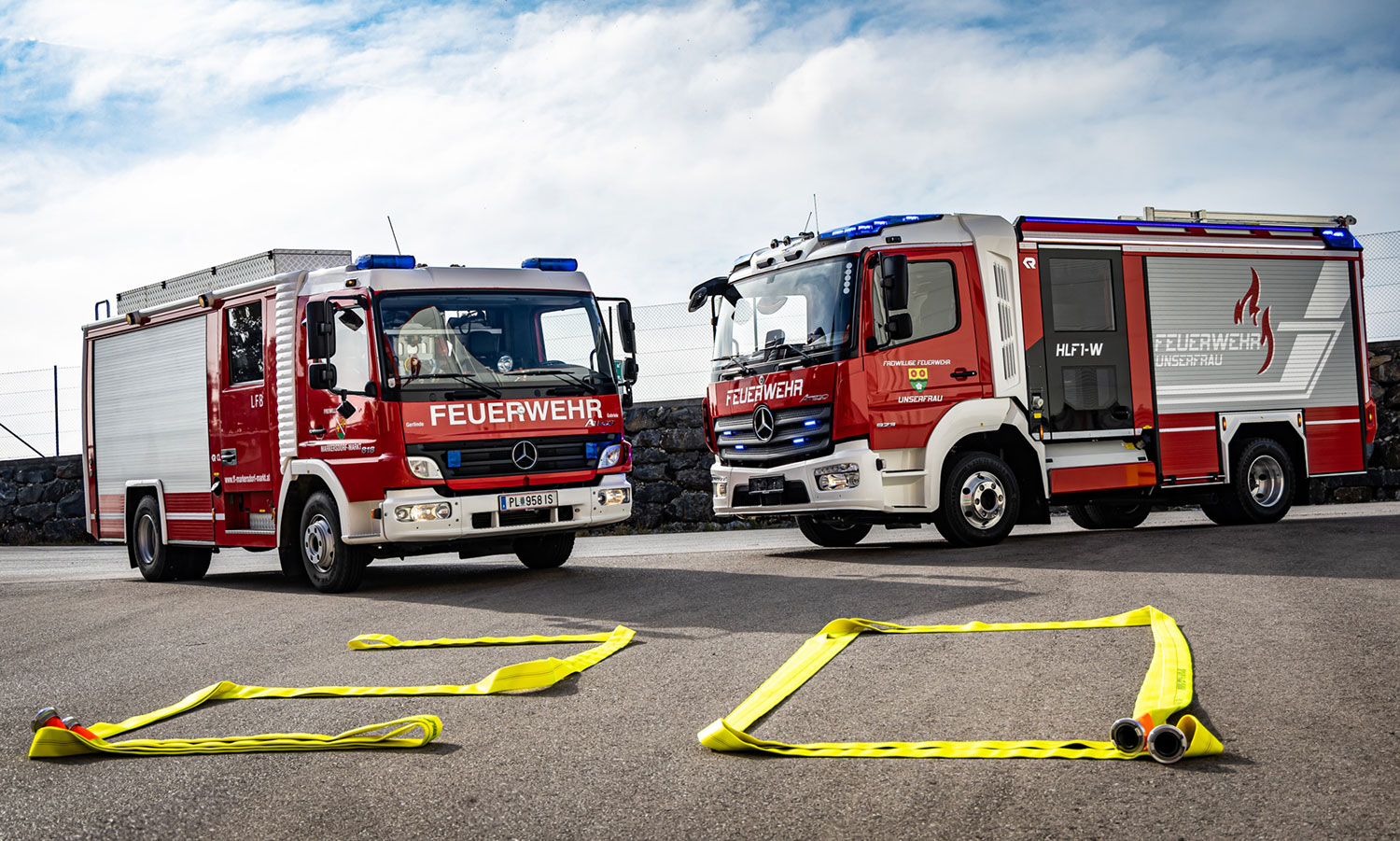
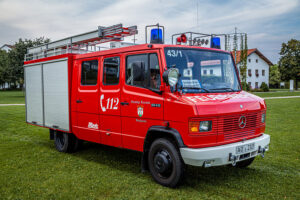
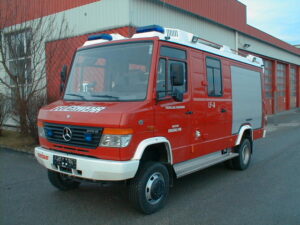
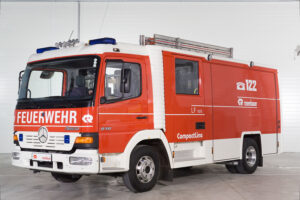
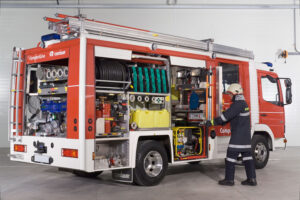
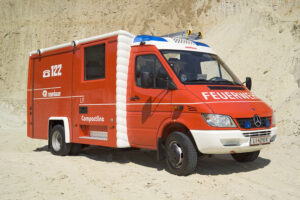
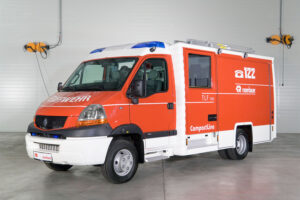
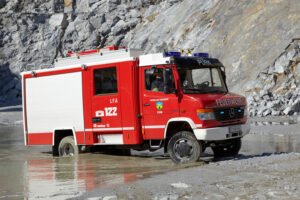
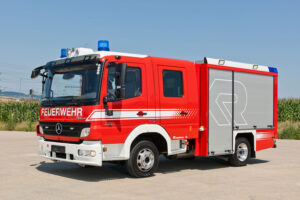
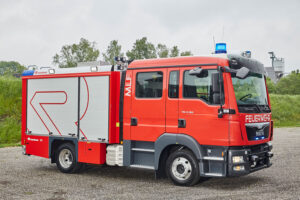
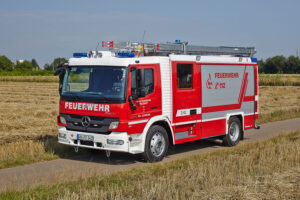
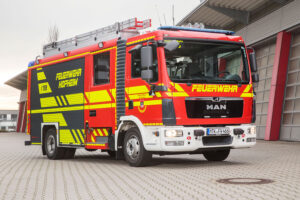
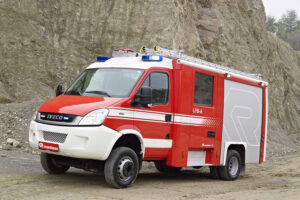
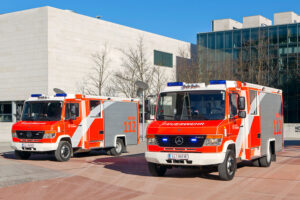
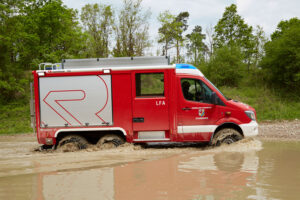
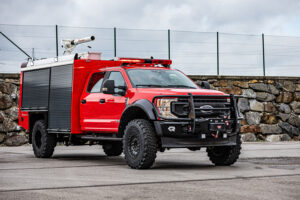
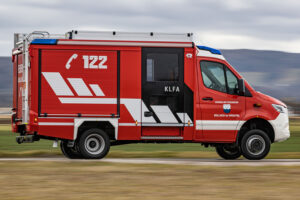
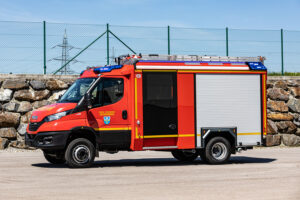
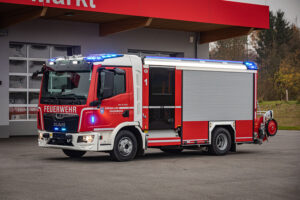
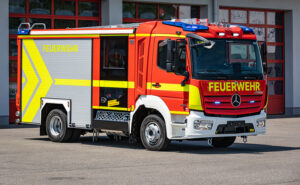
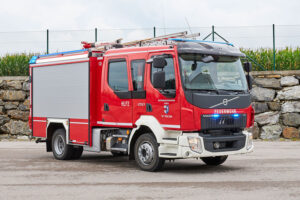
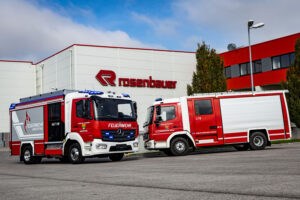
Leave A Comment